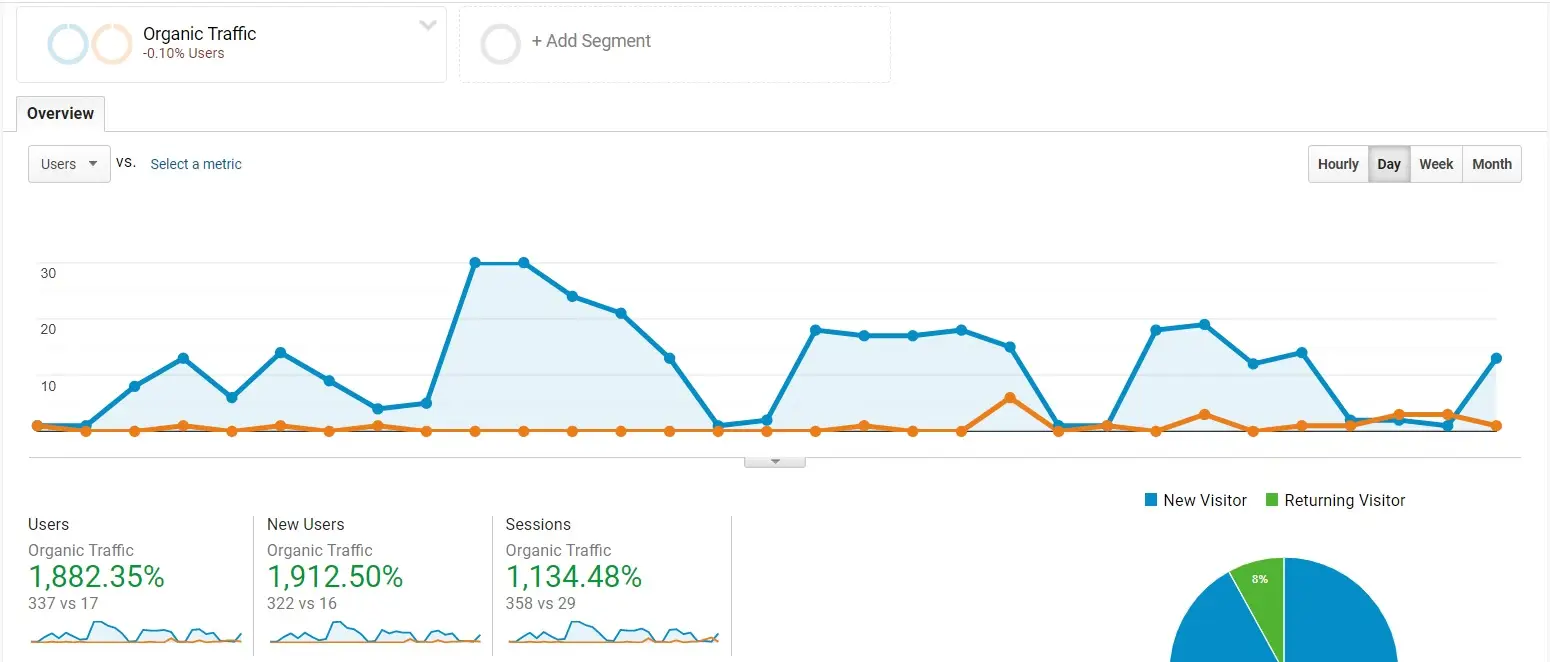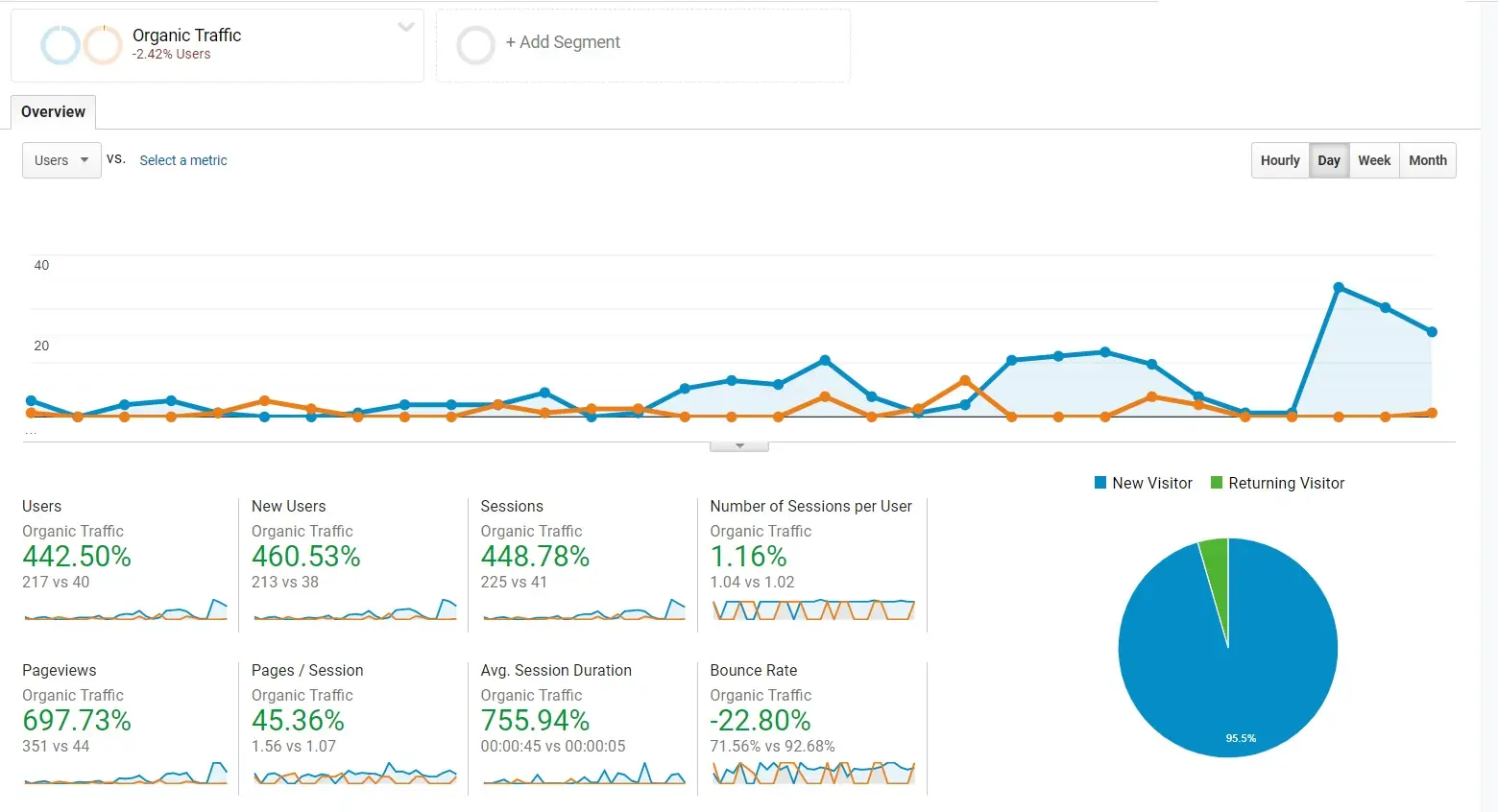Mastering Keyword Difficulty: A Guide to SEO Success
In the ever-evolving landscape of digital marketing, understanding keyword difficulty (KD) is crucial for businesses striving to improve their online visibility. This fundamental metric not only shapes SEO strategies but also influences the overall effectiveness of content marketing efforts. By diving deeper into keyword difficulty, we can uncover the secrets to optimizing content for search engines and driving organic traffic.
What is Keyword Difficulty?
Keyword difficulty is a metric that evaluates how competitive a specific keyword is in search engine results. It quantifies the challenge of ranking for that keyword, helping businesses determine which terms to target in their SEO strategies. The KD score typically ranges from 0 to 100, where a score close to 0 indicates minimal competition, while a score near 100 signifies fierce competition.
For example, trying to rank for a broad term like “running shoes” may be daunting due to the numerous established brands vying for the same keyword. Conversely, a more specific phrase, such as “best budget running shoes for beginners,” may present a more achievable opportunity.

Interpreting the Score
Understanding how to interpret the KD score is vital for effective SEO planning. Here’s a breakdown of the score ranges:
- 0-14: Very Easy – Ideal for new sites or those with limited authority.
- 15-29: Easy – Manageable for smaller businesses.
- 30-49: Possible – Some competition, but achievable with effort.
- 50-69: Difficult – Requires a strong strategy and possibly a robust backlink profile.
- 70-84: Hard – Significant challenges; might require considerable resources.
- 85-100: Very Hard – Reserved for top-tier websites and brands; extremely competitive.
This nuanced understanding helps businesses prioritize their SEO efforts, focusing on terms that balance competition and potential traffic.
The Importance of Understanding Keyword Difficulty
Recognizing keyword difficulty is essential for formulating an effective SEO strategy for several reasons:
Resource Allocation: Businesses can allocate their resources more efficiently by identifying which keywords are realistic targets. This prevents wasted time and effort on overly competitive terms.
Maximizing Traffic Potential: Targeting keywords with a manageable KD can lead to higher search rankings and increased organic traffic, resulting in greater visibility and potential conversions.
Long-Term Strategic Planning: Understanding keyword difficulty aids in setting achievable goals and timelines for SEO initiatives. This foresight allows businesses to track progress and adjust their strategies as needed.
Identifying Gaps in the Market: Analyzing KD can reveal opportunities in less saturated areas, allowing businesses to carve out niches that competitors may have overlooked.
Factors Influencing Keyword Difficulty
Several key elements contribute to the difficulty score of a keyword, and understanding these factors is vital for crafting a successful SEO strategy:
Backlinks to Top Sites: Backlinks are crucial endorsements from one website to another. The more backlinks a top-ranking site has for a keyword, the higher the difficulty score. For instance, if a competitor has hundreds of high-quality backlinks, it will be significantly harder to outrank them for that keyword. Tools like Semrush analyze the quantity and quality of these backlinks to assess competitiveness.
Authority Scores of Competing Sites: Authority scores measure a website’s overall strength in the SEO landscape. This score takes into account factors such as backlinks, organic traffic, and content quality. Competitors with high authority scores create a tougher environment for new entrants, increasing keyword difficulty.
Keyword Search Volume: Keywords with high search volumes typically attract more competition. For example, popular terms like “home improvement” will have a higher KD due to the sheer number of businesses targeting them. It’s essential to consider not only the popularity but also how well your content aligns with search intent.
Presence of SERP Features: Search Engine Results Pages (SERPs) often include features like featured snippets, knowledge panels, or local packs. These features can take up valuable real estate on the page, making it harder for organic results to gain visibility. Keywords associated with these features may have higher difficulty scores as a result.
Branded Keywords: Keywords that include well-known brands often present high difficulty. For example, searching for “Nike sneakers” will yield official brand results, making it nearly impossible for smaller sites to rank.
Word Count of the Keyword: Generally, longer keywords (also known as long-tail keywords) face less competition. Phrases like “best eco-friendly yoga mats for small spaces” are more specific and can be easier to rank for compared to broader terms like “yoga mats.” This specificity often leads to better-targeted traffic.
Evaluating Keyword Difficulty
To assess keyword difficulty effectively, various SEO tools can be utilized. Popular options include:
Ahrefs: This tool uses a scale from 0 to 100 based on the number of referring domains needed for top rankings. It visually represents difficulty, making it user-friendly for beginners.
Semrush: Known for its detailed keyword analysis, Semrush provides a KD percentage that indicates how difficult it will be to rank for a specific keyword. Its comprehensive dashboard offers insights into related keywords and competition.
Moz: Moz’s Keyword Explorer provides a difficulty score on a scale from 1 to 100. It also factors in Page Authority and Domain Authority, offering a well-rounded view of competition.
Sistrix: This tool provides a detailed overview and a specific difficulty score, helping users gauge the competitiveness of their chosen keywords.
Utilizing multiple tools can yield a more comprehensive understanding of keyword competitiveness, allowing for better-informed decisions.
Best Practices for Managing Keyword Difficulty
Use Keyword Difficulty as a Guideline: Treat KD as a helpful reference point rather than a strict rule. SEO is multifaceted, and a holistic approach is necessary.
Consider Other Variables: Beyond KD, look at your site’s authority, content quality, and relevance to user search intent. These factors play significant roles in ranking potential.
Differentiate Between Keyword Difficulty and Competition: Remember that keyword difficulty focuses on organic rankings, while competition often pertains to paid search contexts. Understanding this distinction can shape your strategy more effectively.
Regularly Monitor SERP Results: The competitive landscape can change rapidly. Regularly check how your target keywords are performing, and be prepared to adjust your strategy based on current rankings and SERP features.
Pair Keyword Difficulty with Search Intent: Aligning your keywords with user intent ensures that your content meets the needs of your audience. This not only improves your chances of ranking but also enhances user satisfaction.
High vs. Low Keyword Difficulty: Finding the Balance
Understanding the differences between high and low difficulty keywords is key to a balanced SEO strategy:
High Difficulty: Keywords with high KD often signify tough competition, making it challenging to achieve top rankings. Brands with strong market presence dominate these spaces, requiring significant time and resources to compete effectively.
Low Difficulty: Targeting low-difficulty keywords can provide quick wins, especially for new or smaller sites. These keywords may attract less traffic individually but can collectively contribute to a substantial increase in overall site visits.
Balancing both types can diversify your SEO strategy and mitigate risks associated with focusing solely on highly competitive terms.
Strategies for Identifying Low-Difficulty Keywords
Finding keywords with lower competition requires strategic thinking and creativity. Here are effective methods to discover these opportunities:
Adding Modifiers: Incorporating specific qualifiers can help refine searches. For example, terms like “best,” “affordable,” or “easy” can lead to less competitive keyword variations, such as “best budget running shoes.”
Exploring Long-Tail Keywords: Long-tail keywords typically have lower difficulty and higher specificity. By targeting phrases like “best running shoes for marathon training,” you can connect with a niche audience actively seeking those exact solutions.
Monitoring Trends: Keeping an eye on emerging topics and trends can uncover new opportunities. Tools like Google Trends can help you spot rising interests that may have lower competition early on, allowing you to create content ahead of the curve.
Why Keyword Difficulty Matters
Understanding keyword difficulty is essential for several reasons:
Supports Strategic Planning: A clear grasp of keyword competitiveness aids in crafting strategic SEO plans that align with business objectives.
Guides Decision-Making: It provides a framework for prioritizing content creation efforts, helping to manage expectations among stakeholders.
Identifies Opportunities: By recognizing keywords with lower difficulty, businesses can seize niches that competitors might overlook, leading to potential market advantages.
Conclusion
In conclusion, a comprehensive understanding of keyword difficulty is essential for navigating the competitive landscape of SEO. By targeting the right keywords based on their difficulty and aligning them with user intent, businesses can optimize their content effectively and drive sustained organic traffic.
The interplay between keyword difficulty and search intent is crucial for long-term success in digital marketing. By balancing high and low difficulty keywords and employing strategic approaches, businesses can thrive in the ever-changing world of SEO, ensuring their content not only reaches but resonates with their target audience. Embrace the challenge of keyword difficulty, and watch your SEO strategy transform into a powerful tool for growth.


